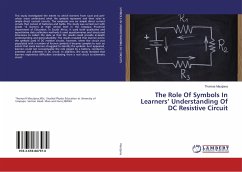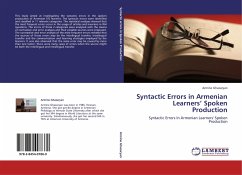This study investigated the extent to which learners from rural and peri-urban areas understand what the symbols represent and their roles in simple direct current circuits. The emphasis was on simple direct current circuits that consist of batteries and bulbs. The study was carried out with Grade 12 learners at high school level in the Limpopo Provincial Department of Education, in South Africa. It used both qualitative and quantitative data collection methods.It used questionnaires and structured interviews to collect the data so that the results could provide in-depth understanding and generalizability. The results revealed that learners knew the symbols used in DC resistive circuits, however, when the circuit was populated with a number of known symbols it became complex to such an extent that some learners struggled to identify the symbols. As it appeared, learners could not conceptualize the role played by a battery, conductor, ammeter and voltmeter in DC circuit. In addition, the study revealed that learners experience difficulties translating from a real circuit to schematic circuit.
Bitte wählen Sie Ihr Anliegen aus.
Rechnungen
Retourenschein anfordern
Bestellstatus
Storno








